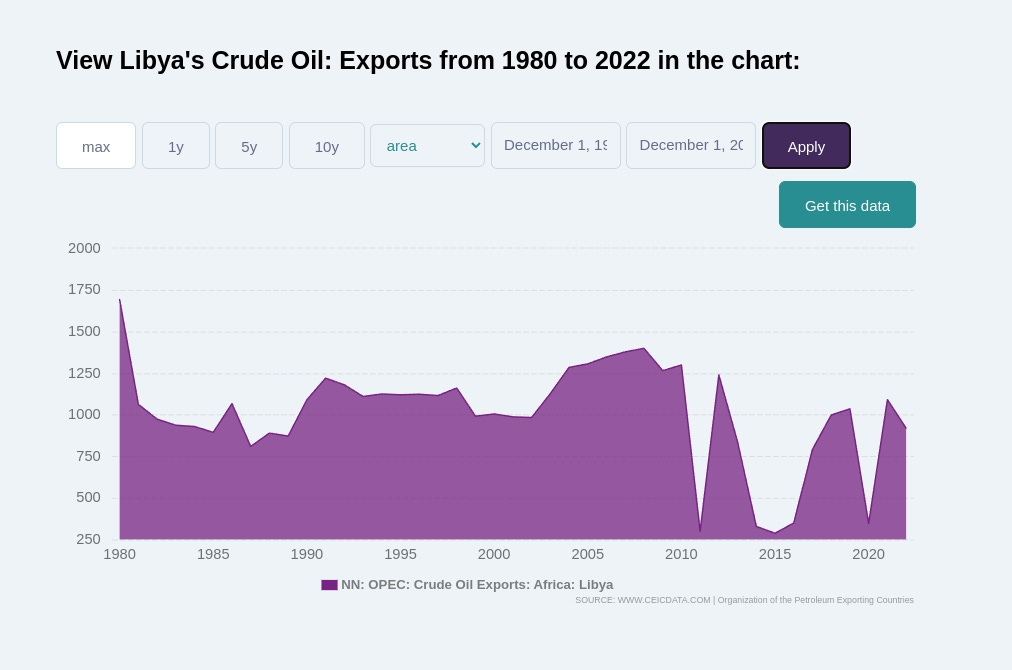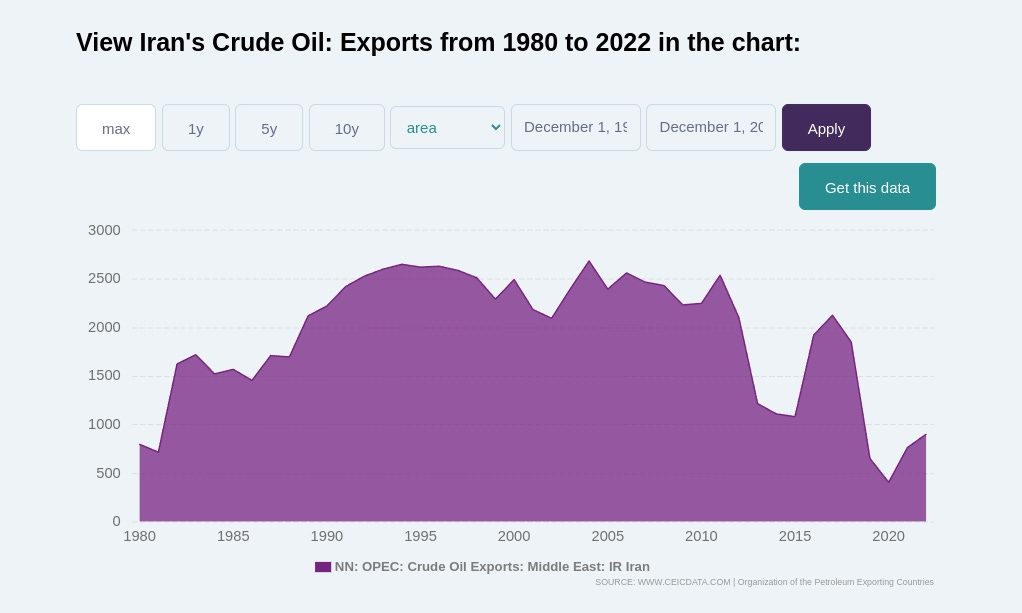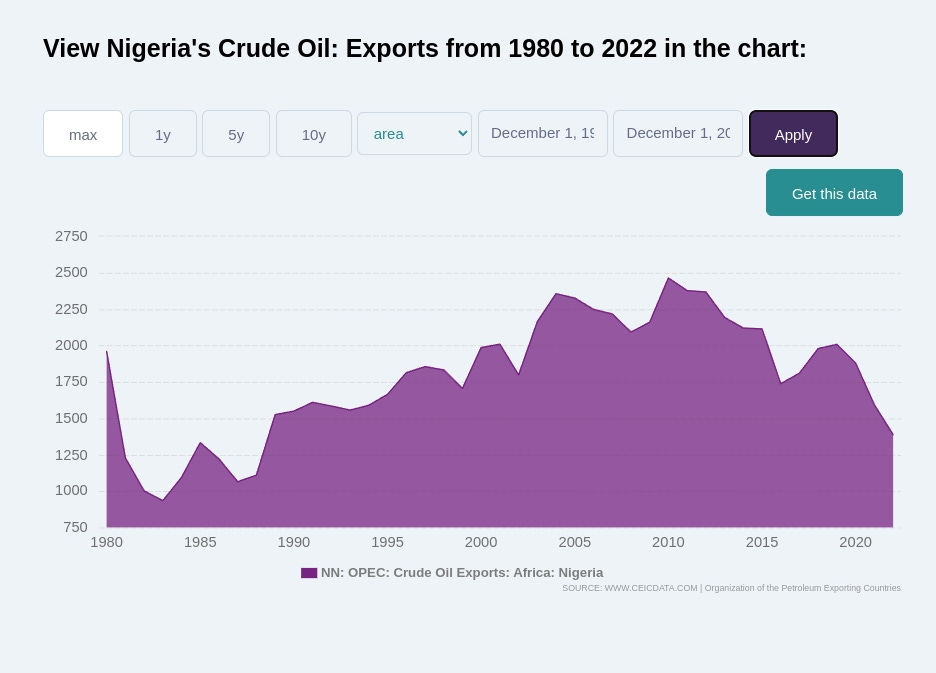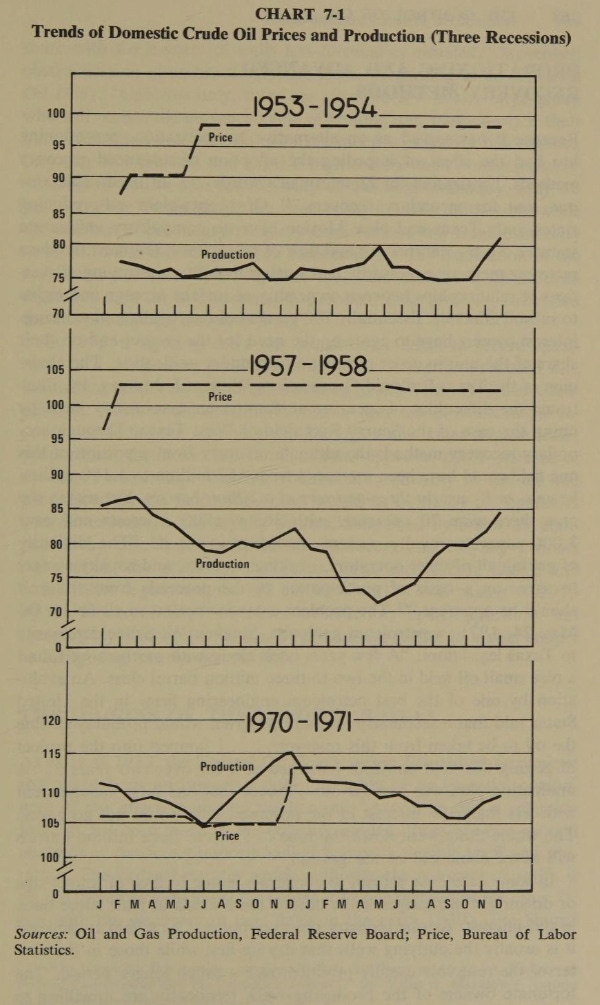The carbon currency end game unfolds as a confluence of economic Myths Directed by a no longer invisible hand seeks to bring in a techno Feudal surveillance state.
Creorder out of Chaos
I find it remarkable in one way that this is the first comment on this article.
https://rwer.wordpress.com/2023/11/10/weekend-read-blood-and-oil-in-the-orient-a-2023-update/
In another I do not as clearly the evidence supports the Articles conclusions but those conclusions are not consistent with the defence of ; the “Peak Oil” narrative. The “Global Heating” Narrative, or indeed the nascent Global “Sovereign Debt Crisis “narrative.
Shimshon Bichler and Jonathan Nitzan Profit warning: there will be blood. https://rwer.wordpress.com/2017/12/11/profit-warning-there-will-be-blood/
And Still about Oil.
https://bnarchives.yorku.ca/432/2/20150200_bn_still_about_oil_rwer.pdf
She was pretty ballsy wasn't she? I think she was Thomas P.M. Barnett's wife. I'm certain I heard him refer to his wife Camille one time. Are you familiar with Thomas Barnett? He was very controversial too.
https://thetechnocratictyranny.com/the-post-human-world/
The 2023 war between Hamas and Israel has sparked numerous explanations, ranging from historical national movements to geopolitical conflicts. However, a different perspective focuses on the correlation between the current war and energy conflicts, as well as their link to capital accumulation. The Weapondollar-Petrodollar Coalition, formed in the late 1960s, is crucial to understanding this correlation. It comprises OPEC, oil companies, armament contractors, and financial institutions, with its power tied to the price of oil. The fluctuations in oil prices directly impact the incomes and profits of coalition members, leading to a cycle of arms races, conflicts, and rising oil prices. The differential earnings of oil companies are closely tied to oil prices, and this connection has been a significant factor in predicting Middle East conflicts. The broader context also includes the rise of the Technodollar-Pharmadollar Coalition, representing technology, pharmaceutical, and biotech firms, which operates countercyclically to the Weapondollar-Petrodollar Coalition. These dynamics underscore the intricate relationship between energy conflicts, differential returns, and capital accumulation.
The following text provided covers a wide range of topics, including economic theories, geopolitical conflicts, energy dynamics, and the impact of the COVID-19 pandemic on financial capitalism. It also references various articles and reports discussing oil, debt, carbon currency, and the energy transition. The text seems to aim at highlighting the interconnectedness of these complex issues and the need for a comprehensive understanding of their implications.
The discussion emphasizes the importance of navigating through intricate economic dynamics and seeking pragmatic solutions rooted in environmental and economic wisdom. It also touches on the challenges posed by theoretical assumptions of resource scarcity, population growth, and environmental degradation,( Limits to Growth) and suggests urging deeper empirical study of Energy, Debt, and Monopoly market manipulation where the data invariably points to a fundamentally flawed starting point for analysis of these questions embedded in the “Limits to Growth “ narratives.
Overall, the text appears to seek to prompt contemplation and critical thinking about the complexities of modern economics and their impact on societal structures and financial systems.
#267: How to be happy, wealthy, and bankrupt
https://surplusenergyeconomics.wordpress.com/2024/01/02/267-how-to-be-happy-wealthy-and-bankrupt/
Dr Tim Morgan, Surplus Energy Economics ( SEEDS) The article provides a comprehensive analysis of the financialization process and its impact on the economy, highlighting the divergence between financial and material economic forces. It delves into the challenges posed by increasing transactional activity and mounting debt liabilities, emphasizing the need for analytical skills and innovative thinking to navigate the complexities. Furthermore, it sheds light on the emerging anomaly in the energy sector, particularly in the perception of renewable energy’s cost and profitability. The discussion also addresses the unsustainable growth of global debt and its implications for economic stability. Overall, the article presents a thought-provoking examination of the intricate dynamics shaping contemporary economic landscapes.
Peak Cheap Oil is a Myth – Doomberg / Peak Prosperity Podcast show Review Chris Martenson, Peak Prosperity. The article discusses the concept of peak cheap oil and its implications for the future, responding to the article ‘The Peak Cheap Oil Myth’ by Doomberg.
It emphasizes the importance of understanding the implications based on getting the story right or wrong and delves deep into the data to analyze the concept and its impact. The significant concern of the debt to GDP ratio, heavily reliant on the availability of oil, is highlighted, along with the correlation between debt and energy consumption. The debunking of the myth of peak cheap oil and its impact on the future economy and technology is addressed, emphasizing the need to understand the concept for predicting the future. The analysis of future oil supply and demand reveals a declining baseline supply by 2030, with innovations in oil extraction efficiency and speed debunking the peak oil myth. A detailed breakdown of oil sources and their costs, challenges in US oil production, and potential revisions in oil production peaks are also discussed, outlining their potential impact on global supply and the economy.
https://www.ceicdata.com/en/indicator/saudi-arabia/crude-oil-exports
Turbo-cancers: why does Keir Starmer cuddle up to civil rights thief Justin Trudeau?
See Comment rogerglewis on January 6, 2024 at 10:15 am
Summary: The discussion on the challenges of resource scarcity, population growth, and environmental degradation underscores the urgency of addressing complex global issues. While some perspectives may discredit certain theories, it is essential to navigate through the intricate dynamics of economic pragmatism. From the enigma of abiogenic oil theory to the manipulation of oil prices and the emergence of carbon currency, a comprehensive understanding of these forces is crucial. The interplay between energy, wealth, and environmental sustainability prompts us to seek pragmatic solutions rooted in economic and environmental wisdom. As we unravel the complexities of modern economics, it becomes evident that our quest for a balanced, sustainable future hinges upon a deeper understanding of these intricate dynamics. The narrative of the carbon currency end game unfolds as a confluence of economic forces, beckoning us to delve deeper into its nuances and implications. Amidst the labyrinth of economic enigmas, the pursuit of pragmatic solutions remains ever-compelling.
THE SIX WAYS ON SUNDAY, CARBON CURRENCY END GAME 16 TO 1 ON, WHAT ARE THE ODDS OF THAT?. R &R DISCUS
If one observes the long game the dominant Narrative of the past 30 years is Climate Change and CO2 emission being the only thing anyone needs to focus upon. The Carbon footprint narrative is by a long chalk well ahead of the curve even with the relatively short but seemingly endless Pandemic and Vaccine Narratives of the Past two years.
Naming names ,Larry Fink of Blackstone and Blackstones Going Direct is considerably more powerful a control lever on what happens next than the efforts of Bill Gates and Dr. Fauci to enrich Big Pharma and themselves, Gates also has a bigger card in the game and that is Digital ID and its relationship to both Near earth Satellite networks and the 5G networks, which coincidentally really were rolling out at the Same Time as the Wuhan Event, also in coincidentally Wuhan.
The Vaccines and Vaccine Injury is very much closely related to the Adjuvants and not necessarily the Pathogen dose delivered in the solution of the Adjuvant. It is the Adjuvant rather than the disease which is of interest to the 5G / ID aspects of what the past two years have really been all about.
The Repo Spike in Newyork on September the 19th was the starting pistol, of course, the dress rehearsal was Event 201, The Objective was almost certainly to gain widespread acceptance of Digital ID's on SmartPhone devices and possibly by stealth through Nanotechnology, within the Adjuvant solutions in the MRNA vaccines( Experimental Gene Therapies?).
So what about Climate Change, CO2, and all that, no its not the Graphine found in some adjuvant samples but the Rationing of Carbon through a Carbon-based currency which is why the Climate Change Agenda particularly the CO2 control knob is so important.
The ratio of Good Energy ( renewables) for which Carbon Credits will be created and Bad Energy of "Fossil Fuels which represent Carbon debits, is 16:1. There are various combinations which could see the ratio vary but essentially as with The Gold Standard a Carbon Credit Renewables Standard has the same ratio as the Historical Bi-Metallic ratio known to numasticist's the world over. A deflationary centralised banking regime will be able to impose Austerity to an authoritarian extent extending to a population control mechanism. This is a far more likely delivery mechanism for Rapid population reduction policies than any Vaccination regime, Famine equally, is a far more effective and efficient means of population reduction than certainly War or any other form of genocide, also for the Authoritarian regime deploying it, it is also complete with a shield of plausible deniability.
https://www.bitchute.com/video/BTqQ2FyU8Uzc/
https://priceofoil.org/content/uploads/2011/01/DrillingIntoDebt.pdf
AN INVESTIGATION INTO THE RELATIONSHIP BETWEEN DEBT AND OIL
The report “Drilling into Debt” presents a comprehensive analysis of the relationship between oil and debt, drawing on data from 161 countries over a significant time span. The key findings highlight the strong correlation between oil production, exports, and increasing debt burdens. It is evident that countries with higher oil production and export dependence tend to accumulate more debt, while also experiencing improved capacity to service existing debts. Additionally, the report sheds light on the detrimental impact of World Bank programs aimed at promoting oil production in developing countries, which have contributed to exacerbating debt levels. The interplay of structural incentives, fiscal policies, and oil market volatility emerges as a significant factor driving the relationship between debt and oil. Furthermore, the report underscores the disproportionate benefits reaped by Northern consumers and governments in contrast to the adverse effects on poverty alleviation, development, and global climate stability. Overall, the findings present a compelling case for reevaluating the dynamics of the global oil economy to better align with broader societal interests.
The control of oil : Blair, John M. (John Malcolm), 1914- : Free Download, Borrow, and Streaming : Internet Archive
https://archive.org/details/controlofoil0000blai
via @internetarchive
An exhaustive and generally balanced account of why the US and other industrial powers became dangerously dependent on foreign oil. A college professor who served thirteen years as chief economist of the Senate Subcommittee on Antitrust and Monopoly, Blair chronicles how seven major international petroleum producers–integrated from well to gas pump–began operating in restraint of trade with the usually eager complicity of Mideast rulers around the turn of the century “to avoid the rigors of price rivalry.” Even as control of concessions passes to host nations through nationalization or pre-emptive participation agreements, he maintains, Big Oil retains its hold. Although crude quotas have quadrupled since 1973, OPEC still dances to the majors’ tune in fear that oversupply could break prices in the West’s volume markets. Having documented both the causes and consequences of monopolistic control of oil resources, Blair suggests several remedies, chiefly utility-style federal regulation of large crude suppliers and vigorous enforcement of antitrust statutes. The book touches on petroleum alternatives as well as supplements (synthetics, electric cars, fuel cells). While Blair’s style must be characterized as academic-graceless, he provides damning detail for the upcoming debate on the extent to which oil-industry concentration represents an abuse of economic power overdue for redress. His work is as important and valuable as it is disturbing
https://rumble.com/vmyx1n-monopoly-who-owns-the-world-documentary-by-tim-gielen.html
Electricity Prices Are Soaring: It’s Time to Hold the “Energy Transition” Accountable
https://substack.com/home/post/p-140398987
The recent surge in electricity prices in the United States has been attributed to significant investments in wind turbines, solar panels, natural gas plants, and new transmission lines as part of the so-called “energy transition.” Regulatory Research Associates (RRA) reports reveal a substantial increase in rate cases filed by electric companies, with a majority of the proposed rate hikes driven by these investments. This trend has resulted in a record-high number of rate increase requests, with a substantial rise in the total amount of money sought from customers. The impact is evident in the increased average monthly residential power bills, reflecting a 15% rise from 2020 to 2022. The rate cases filed by major utility companies clearly indicate that the pursuit of the “energy transition” is a significant contributor to the escalating electricity costs, debunking the notion that wind and solar are not responsible for the surge in prices. As the industry navigates these challenges, it becomes increasingly crucial to address the complex dynamics of energy transition and its implications on electricity affordability for consumers and businesses.
The exploration of economic pragmatism delves into the enigmatic interplay between wealth, resources, and energy dynamics. From the paradigm-shifting concept of abiogenic oil theory to the intricate dance of oil prices influenced by short-term investments, the multifaceted facets of modern economics come to light. The emergence of carbon currency as a focal point in contemporary discourse converges environmental policies with financial systems, shaping economic transactions and policies. Unraveling the enigma of economic equality prompts contemplation of its implications in shaping societal structures and financial systems. As we navigate through these complexities, it becomes evident that our quest for a balanced, sustainable future hinges upon a comprehensive understanding of these intricate dynamics. The narrative of the carbon currency end game unfolds as a confluence of economic forces, urging us to seek pragmatic solutions rooted in environmental and economic wisdom.
THE CENTRAL BANKERS’ LONG COVID: AN INCURABLE CONDITION
The text provides a critical analysis of the intersection between the COVID-19 pandemic and financial capitalism. It delves into the implications of the pandemic as a symptom of a world reliant on perpetual monetary doping and the shrinking work-based economy. The discussion also encompasses the potential consequences of emergency capitalism, the role of digital technology, and the impact on global financial interests. The analysis highlights the emergence of a potential dystopian future characterized by digital fascism and centralized control. Overall, it presents a thought-provoking perspective on the broader socio-economic implications of the current global crisis.


















